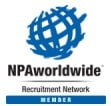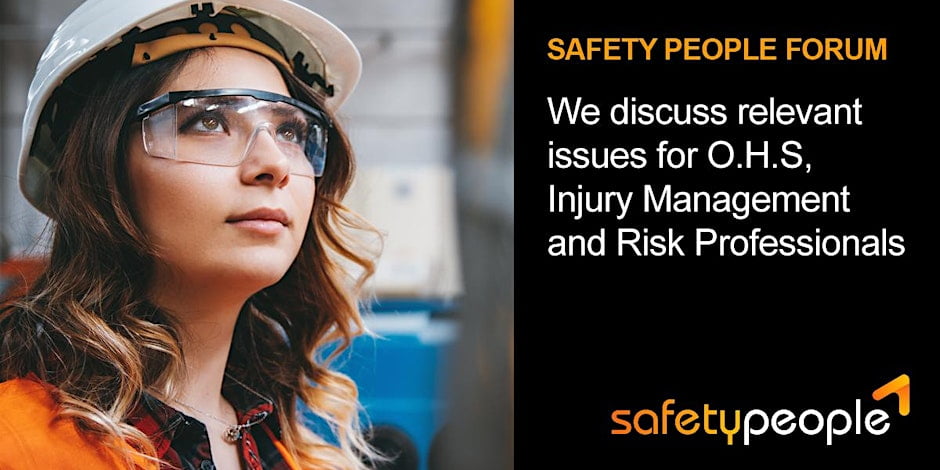The Incident Investigation Toolkit
Today we look at the Systems-thinking Incident Investigation Toolkit recently developed by Monash University in partnership with Work Safe Victoria and the University of the Sunshine Coast.
The Patient Handling: Review of Systems (PHRIES) Toolkit was developed to help guide manual handling coordinators in Victorian healthcare sectors in investigating injuries involving patient handling and in developing actions to create systemic change across the healthcare system.
The Incident Investigation Toolkit
This investigation Toolkit is unique in that it prompts the investigator to focus on factors contributing to the injury beyond the frontline worker and equipment. The focus of this systems thinking approach also prompts the investigation of factors at the high levels of the system, including government regulators and the role of company and management.
We’ve included the steps of the PHIRES Toolkit and a discussion of the philosophies that contributed to its creation. Click here to get an infographic snapshot of the research.
The lessons from this process and development have provided the team with the knowledge to create similar Toolkits to prevent injuries in other industries.
The 3 Keys to development and implementation of the process below are:
1. Systems Thinking
The systems thinking approach is based on an accident analysis method called Rasmussen’s Risk Management Framework and his Accimap technique.
The framework underpinning development of the Toolkit is described as five levels that represent the healthcare industry.
- Government, regulators and external influences
- Governance and Administration
- Operations management
- Frontline
- Equipment and Surroundings
2. Classification Scheme
Using the systems-thinking framework, a classification scheme has been developed to guide practitioners in their investigation of injuries. The classification scheme identifies all of the factors that potentially could contribute to injury across all levels of the framework. The purpose of the classification scheme is to prompt practitioners to ask questions to relevant stakeholders at all levels of the system, not only the injured person. This classification scheme was developed in consultation with the healthcare industry to ensure it accurately represented the system of work. That is, the goal of the classification scheme was to represent work as done, rather than work as imagined.
3. Co-design Approach
To ensure the PHIRES Toolkit presented a feasible and practicable approach for the end-users, it was co-designed with the healthcare industry as well as WorkSafe Victoria. Healthcare services in Victoria played a key role in the development and revision of the PHIRES Toolkit.
Support by Work Safe Victoria, the team are now looking at making the PHIRES Toolkit more useful by developing a software application to assist in the investigation process.
The end-goal of this process is to create knowledge and awareness of the system of factors contributing to injuries in the healthcare industry. If this is achieved, we can help practitioners create recommendations that are capable of creating systemic change in the healthcare industry.
Sharon Newnam is the associate director of the system safety team at the Monash University Accident Research Center. If you would like to contact her for more information you can email her on: 0422 723 957 or at [email protected]



